The majestic big cats have long captured the human imagination, symbolizing power, grace, and beauty. From the ancient civilizations that revered them to the modern zoos and sanctuaries that strive to protect them, the journey of big cats in captivity is a rich tapestry woven with stories of admiration, exploitation, and conservation. This article delves into the history of big cats in captivity, exploring their significance across different eras and cultures, the evolution of their treatment, and the ongoing efforts to ensure their survival in the wild and in human care.
Ancient Civilizations and Big Cats
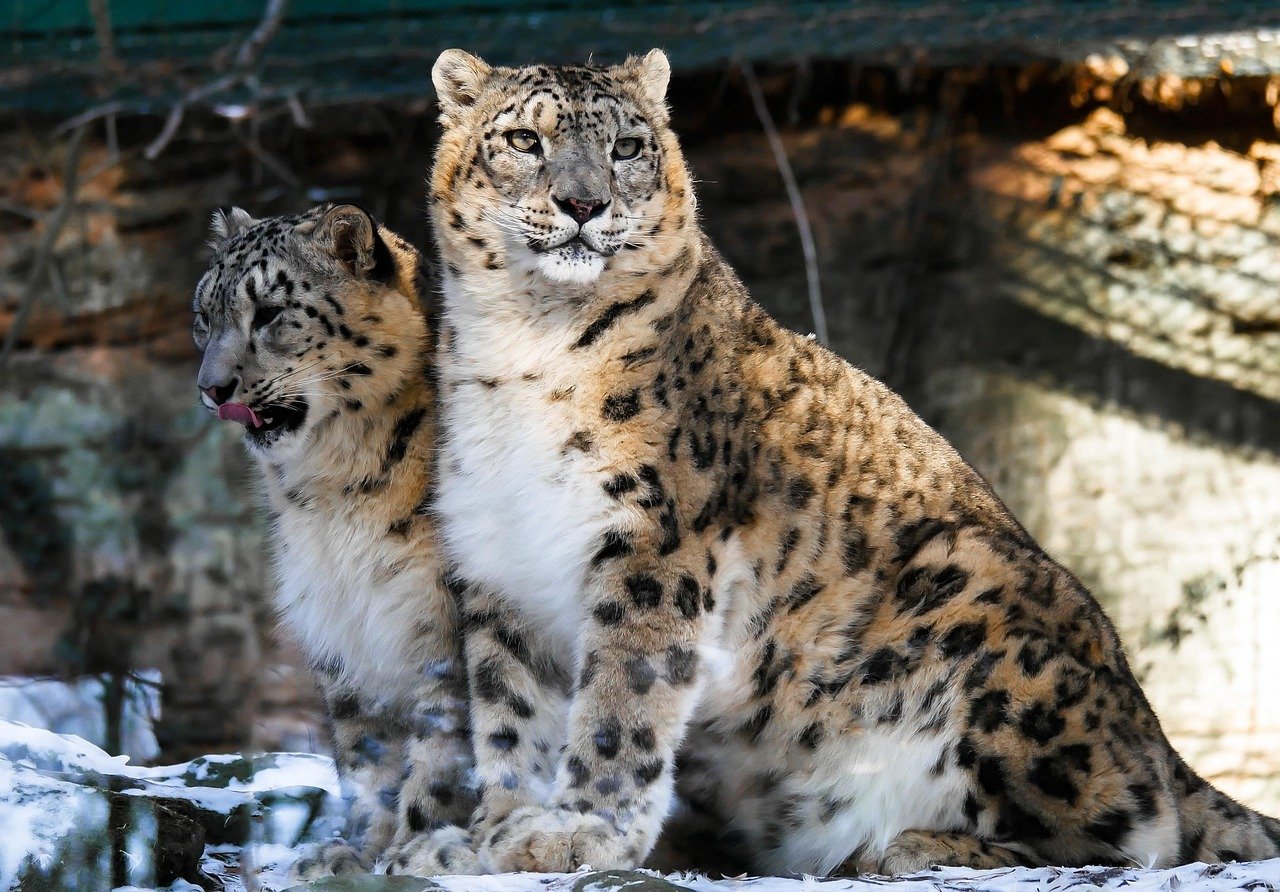
In ancient civilizations, big cats such as lions, tigers, and leopards were often revered as symbols of strength and nobility. The Egyptians worshipped the lioness goddess Sekhmet, while the Assyrians kept lions in captivity for royal entertainment. These big cats were not only seen as powerful creatures but also as protectors of the divine. Captivity during this time was often linked to status, with rulers showcasing their prowess by taming these formidable animals. These cultural connections highlight how deeply intertwined big cats were with human beliefs and practices. Their presence in ancient art and literature further underscores their significance in these societies.
The Roman Empire and Gladiatorial Games

The Roman Empire took the concept of big cats in captivity to a new level, using them in gladiatorial games for public entertainment. Lions, tigers, and leopards were pitted against gladiators and other animals in brutal spectacles that drew large crowds. This practice highlighted the Romans’ fascination with exotic animals, but it also marked a dark chapter in the history of big cats, as many were captured from their natural habitats and subjected to cruel treatment. These events were a testament to the power dynamics of the era, where human dominance over nature was celebrated. The legacy of these games is a reminder of the complex relationship between humans and big cats.
The Renaissance and Exotic Menageries
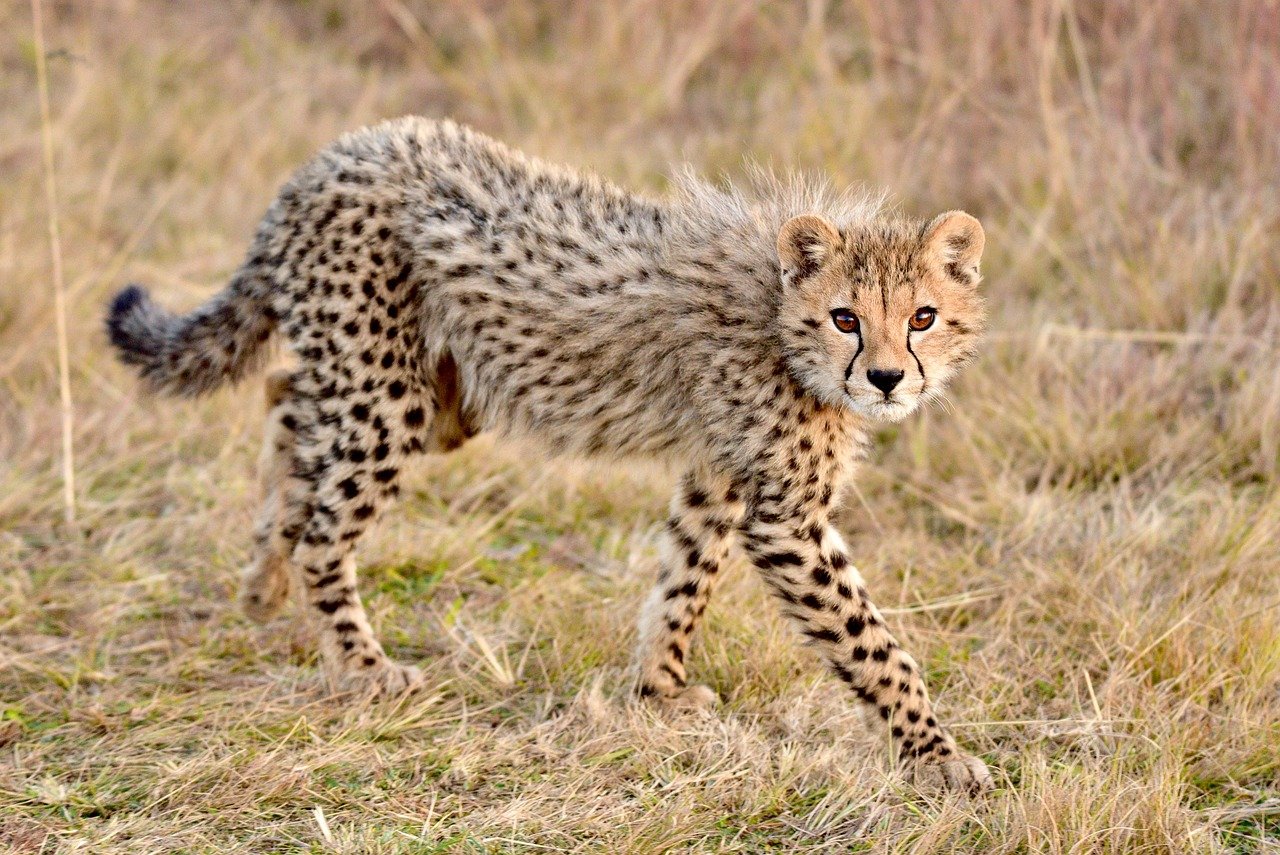
During the Renaissance, the trend of keeping exotic animals, including big cats, gained popularity among European nobility. Wealthy individuals would create menageries, showcasing their collections of rare animals as a display of wealth and sophistication. These menageries often included lions and tigers, which were seen as symbols of power. However, the conditions in which these animals were kept were often inadequate, leading to suffering and a lack of proper care. The desire for exotic animals reflected the era’s curiosity and exploration, but it also raised ethical questions about animal welfare. Menageries served as a precursor to modern zoos, offering insights into evolving human-animal relationships.
The Rise of Modern Zoos
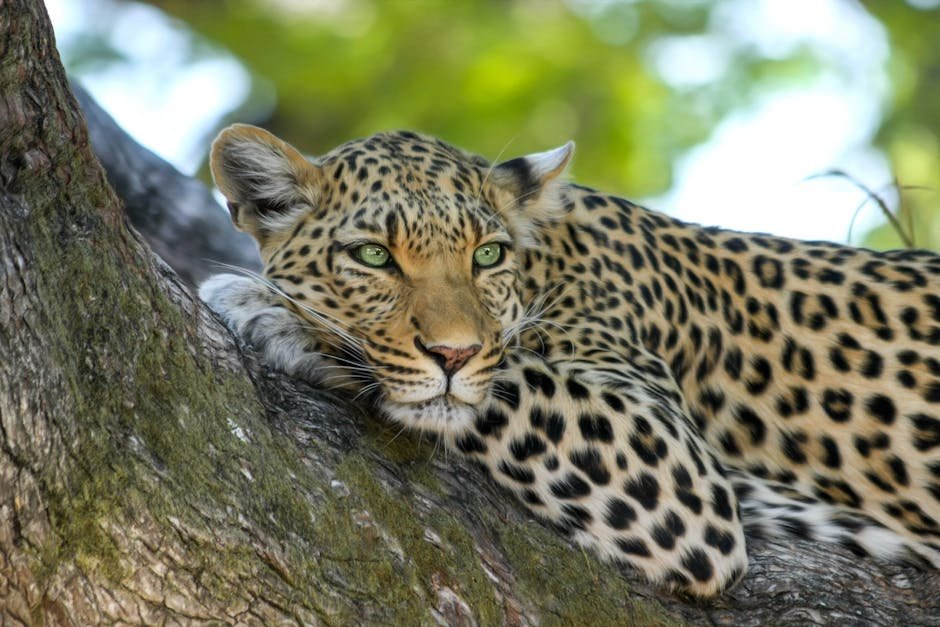
The 19th century marked a significant turning point in the history of big cats in captivity with the establishment of modern zoos. The London Zoo, opened in 1828, was one of the first to focus on conservation and education rather than mere entertainment. This shift in perspective led to improved living conditions for big cats, with enclosures designed to mimic their natural habitats. Zoos began to prioritize the well-being of animals, recognizing the importance of conservation efforts. The role of zoos expanded to include breeding programs and research initiatives, emphasizing the need for responsible stewardship of wildlife. This period laid the groundwork for contemporary conservation practices.
Conservation Efforts and Breeding Programs
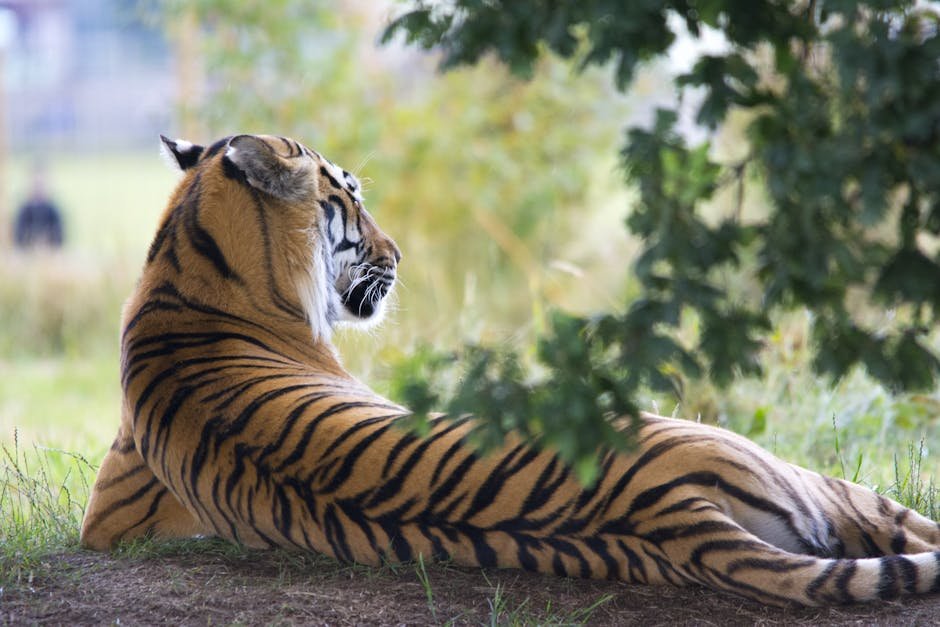
As awareness of the plight of big cats in the wild grew, so did the need for conservation efforts in captivity. Many modern zoos and sanctuaries have implemented breeding programs aimed at preserving endangered species such as the Amur leopard and the Sumatran tiger. These programs not only help maintain genetic diversity but also provide opportunities for reintroduction into the wild, fostering hope for the future of these magnificent creatures. Collaborative efforts between institutions have strengthened conservation initiatives, emphasizing the importance of global cooperation. These programs represent a proactive approach to safeguarding big cats for future generations.
The Role of Sanctuaries
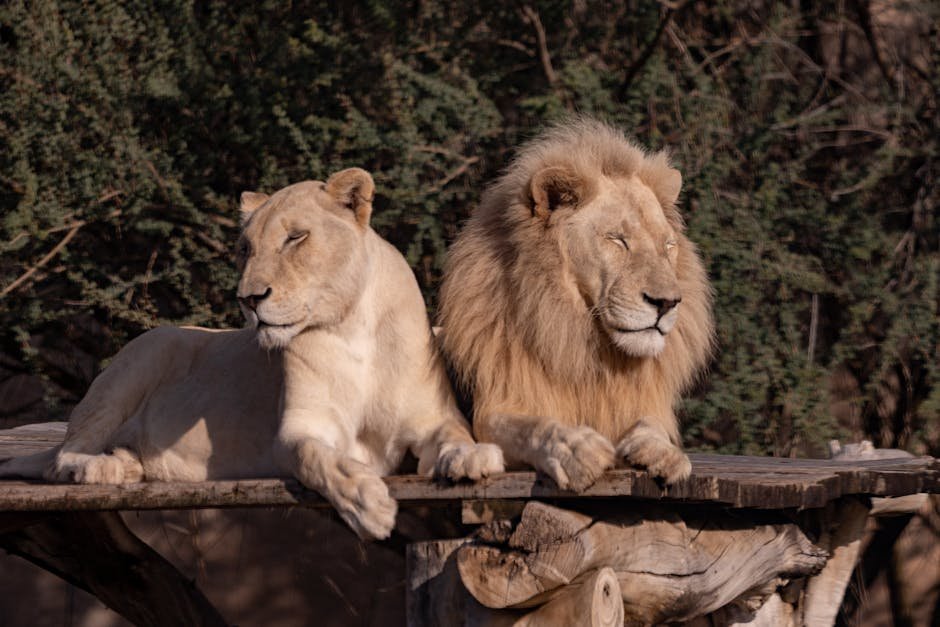
In addition to traditional zoos, sanctuaries have emerged as vital players in the care of big cats. Unlike zoos, which often focus on public display, sanctuaries prioritize the welfare of animals that have been rescued from abusive situations or the exotic pet trade. These facilities provide a safe haven for big cats, allowing them to live out their lives in peace while raising awareness about the issues they face in the wild. Sanctuaries offer educational programs that emphasize the importance of ethical treatment and conservation. Their work highlights the need for compassionate care and advocacy for vulnerable animals.
The Impact of the Exotic Pet Trade
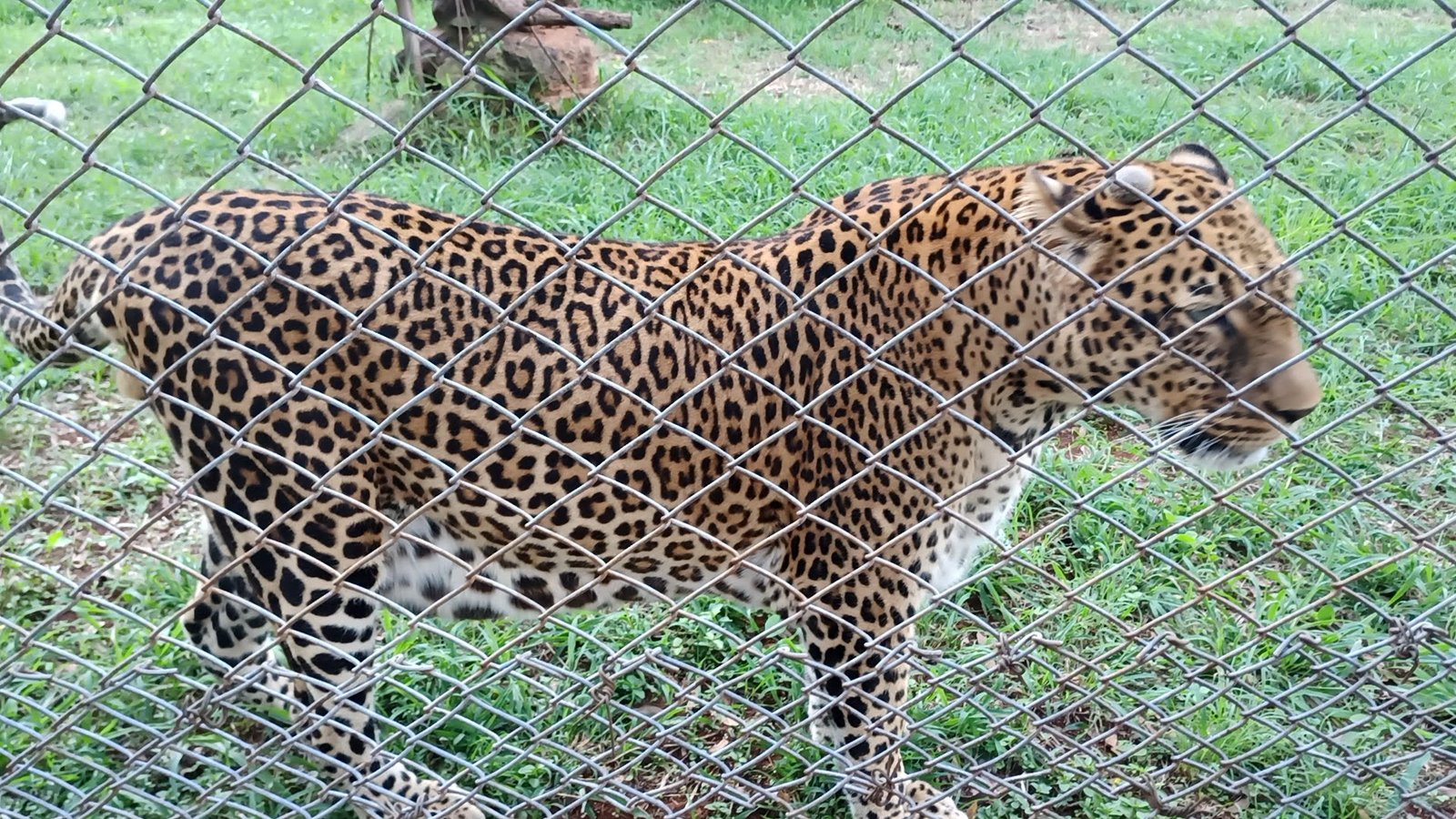
The exotic pet trade poses a significant threat to big cats, as many individuals seek to own these majestic animals as status symbols. This demand has led to illegal poaching and the capture of wild animals, often resulting in dire consequences for their populations. Education and advocacy efforts are crucial in combating this trade, highlighting the importance of leaving big cats in their natural habitats rather than keeping them as pets. Laws and regulations play a key role in curbing the trade, but public awareness and responsibility are equally important. The fight against the exotic pet trade requires collective action and commitment.
The Role of Education in Conservation
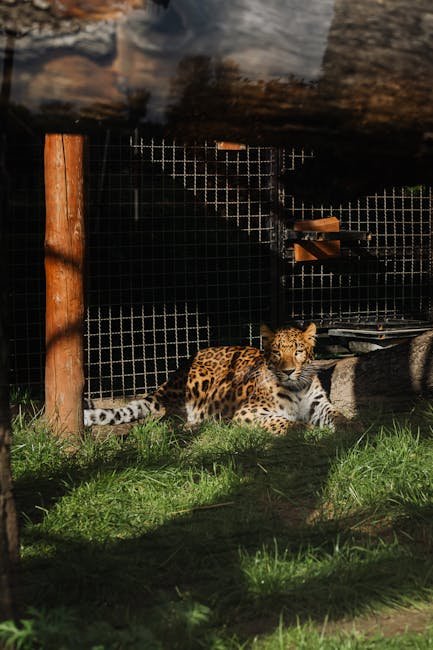
Education plays a pivotal role in the conservation of big cats, both in captivity and in the wild. Zoos and sanctuaries offer educational programs that inform the public about the challenges facing these animals and the importance of conservation efforts. By fostering a connection between people and big cats, these programs inspire individuals to take action and support initiatives aimed at protecting these magnificent creatures. Educational outreach extends to schools, communities, and online platforms, broadening the reach of conservation messages. Empowering individuals with knowledge creates a ripple effect, leading to positive change for big cats and their habitats.
The Future of Big Cats in Captivity
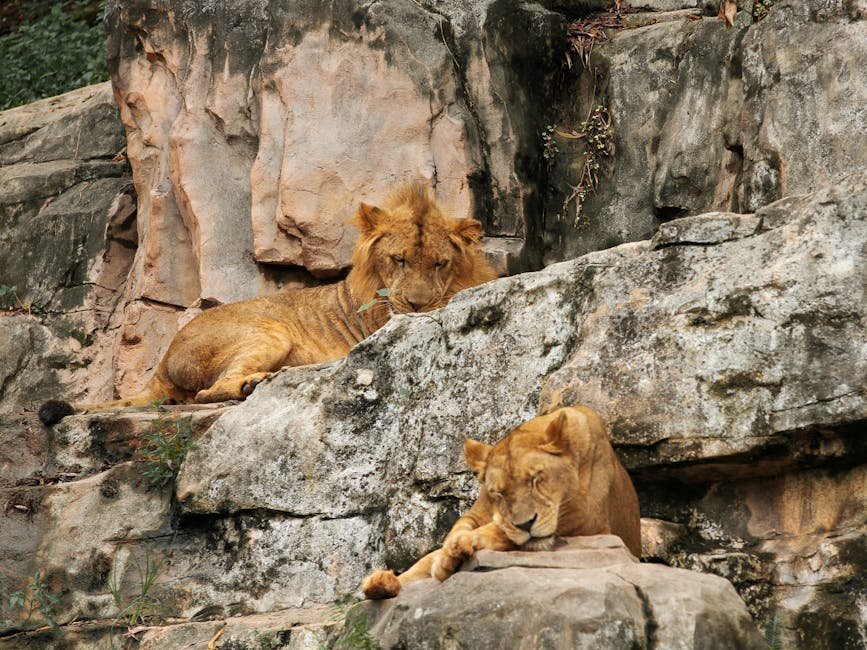
Looking ahead, the future of big cats in captivity will depend on continued efforts to balance conservation, education, and public engagement. As awareness of the challenges facing these animals grows, so too does the responsibility of zoos, sanctuaries, and individuals to ensure their welfare. By prioritizing ethical practices and advocating for the protection of big cats in the wild, we can help secure a brighter future for these iconic species. Technological advancements and innovative approaches offer new opportunities for conservation and research. The journey towards a harmonious coexistence with big cats is ongoing and requires dedication and collaboration.
Conclusion
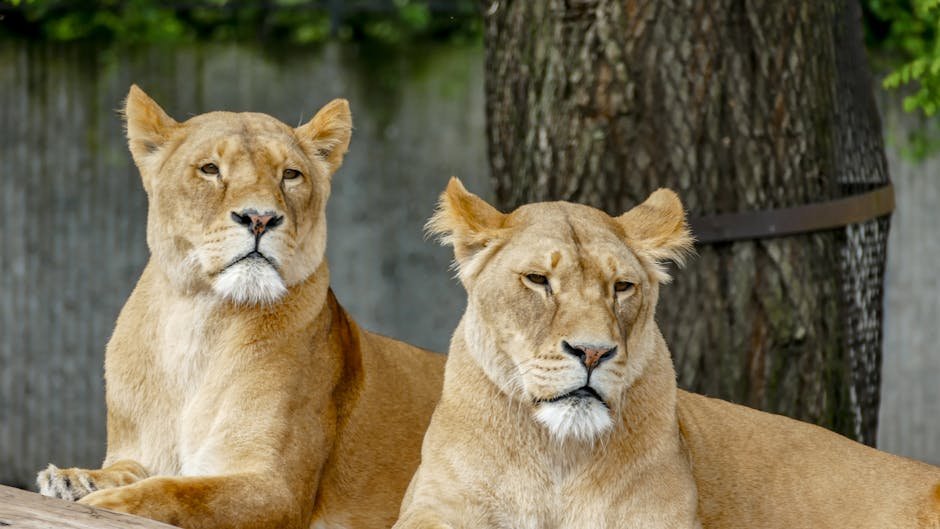
The history of big cats in captivity is a complex narrative of admiration, exploitation, and conservation. From ancient civilizations to modern sanctuaries, our relationship with these magnificent creatures has evolved significantly. As we continue to learn from the past, it is essential to prioritize the well-being of big cats and work towards their conservation in both captivity and the wild. By fostering a deeper understanding and appreciation for these animals, we can ensure that they thrive for generations to come.

Hi, I’m Bola, a passionate writer and creative strategist with a knack for crafting compelling content that educates, inspires, and connects. Over the years, I’ve honed my skills across various writing fields, including content creation, copywriting, online course development, and video scriptwriting.
When I’m not at my desk, you’ll find me exploring new ideas, reading books, or brainstorming creative ways to solve challenges. I believe that words have the power to transform, and I’m here to help you leverage that power for success.
Thanks for stopping by, Keep coming to this website to checkout new articles form me. You’d always love it!





